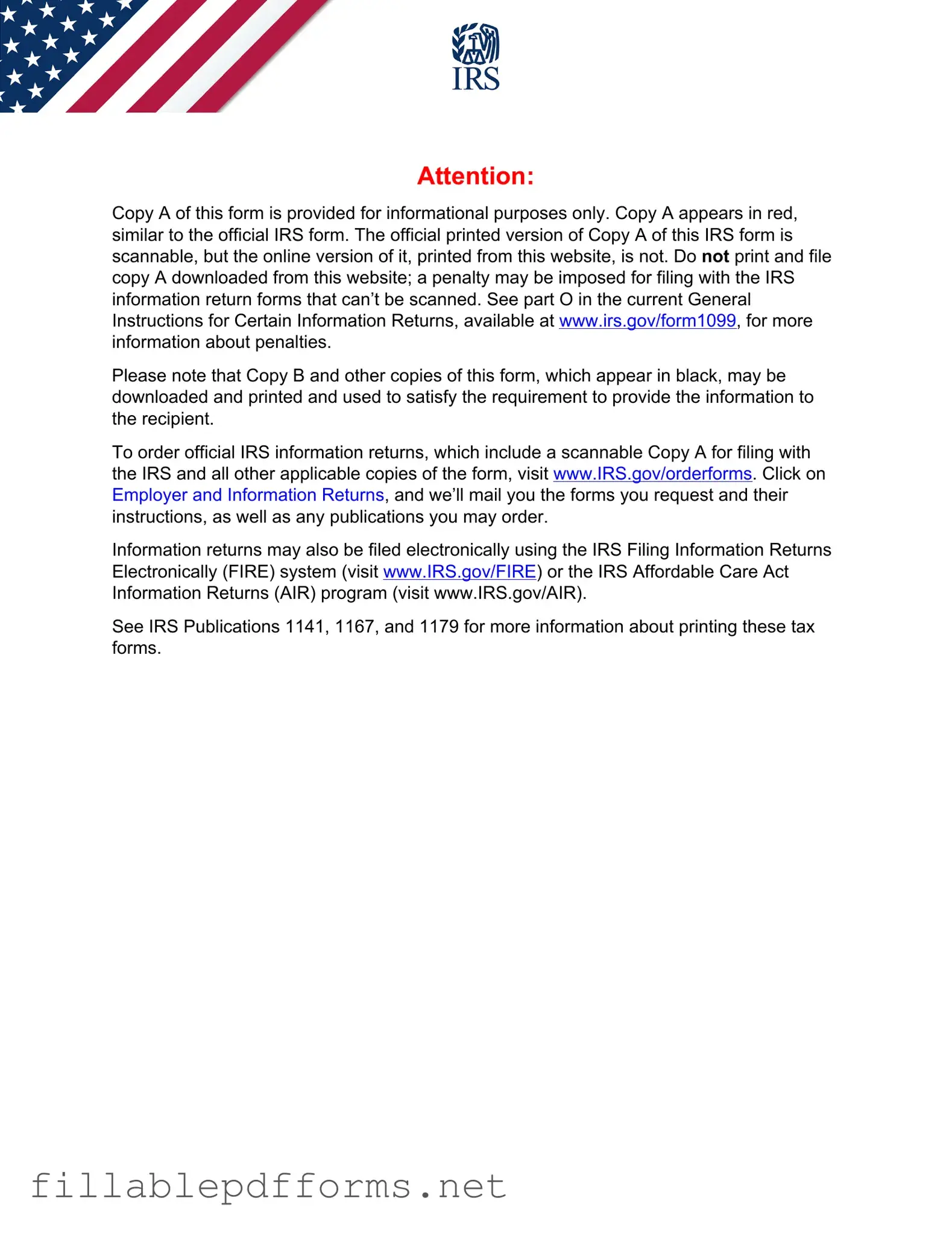The 1099-NEC form plays a crucial role in the landscape of tax reporting for nonemployee compensation in the United States. Introduced to streamline the reporting process, this form is primarily used to report payments made to independent contractors and freelancers who have earned $600 or more during the tax year. Unlike traditional employees, these individuals do not have taxes withheld from their payments, which necessitates the accurate reporting of their income to the IRS. The form includes several key sections, such as the payer's and recipient's identification details, the total amount of nonemployee compensation, and any applicable state taxes withheld. Importantly, the 1099-NEC must be filed with the IRS alongside Form 1096, which summarizes the information returns submitted. To ensure compliance, it is essential to use the official printed version of Copy A, as this version is scannable by the IRS. Copies B and other variations can be downloaded and printed for distribution to recipients. As tax season approaches, understanding the nuances of the 1099-NEC form, including how to report income and the implications of backup withholding, becomes increasingly important for both payers and recipients alike.
